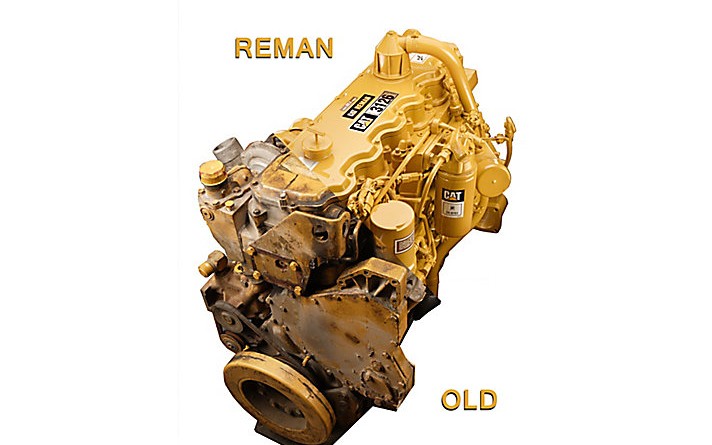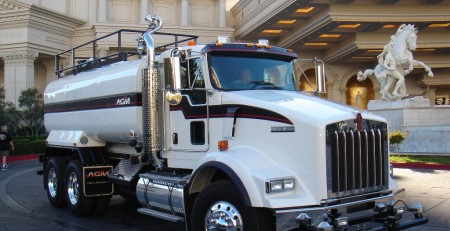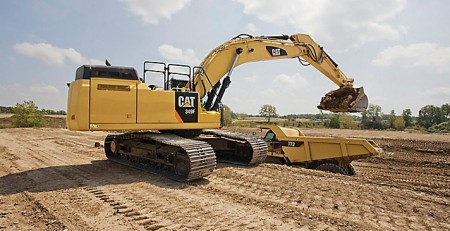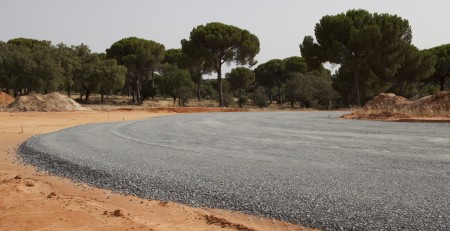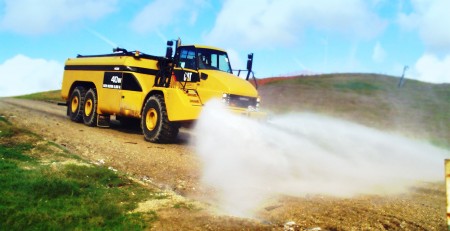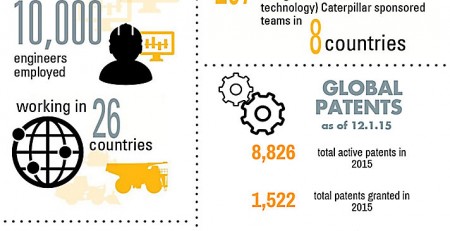MULTIPLE LIVES: A WIN-WIN-WIN
Try to picture it – you’re driving down the road and you see a convoy of 212 fully loaded Cat 797 Mining Trucks. The convoy is longer that your eyes can see. It’s more than 85,000 tons of material. An impressive load indeed. Now imagine those loads are made up of cores – engines, components, starters, alternators, oil coolers, hydraulics and others – destined for Caterpillar’s remanufacturing facilities. All of it – 85 thousand tons of material being brought back to fully functioning, like new condition, even with the same warranty as a new component. That’s the Caterpillar Reman story. And it happens every year.
Unfortunately, not all customers around the world can benefit from the significant sustainability benefits that our Reman products deliver. Many leaders in developing markets do not fully understand the benefits of remanufacturing. As a result, some countries have laws and customs regimes that prohibit the ability to sell remanufactured parts, limiting Caterpillar’s ability to grow that important part of our business and our sustainability success. Recognizing the market expansion opportunities for our own business – as well as the opportunities to lower owning and operating costs for our customers and to positively impact these nations’ economies – Caterpillar continues to actively engage with policymakers globally to promote remanufacturing and reduce trade barriers on remanufactured goods.
And, our efforts are paying off. Employees have been hearing and reading about the importance of the Trans-Pacific Partnership (TPP), a free trade agreement between 12 countries bordering the Pacific Ocean – Australia, Brunei, Canada, Chile, Japan, Malaysia, Mexico, New Zealand, Peru, Singapore, the United States and Vietnam. The language in the TPP clearly acknowledges that remanufactured goods must be treated the same way as new goods. For the first time in any free trade agreement, TPP specifies that remanufactured products cannot be regulated under “used products” provisions and must be treated like their corresponding “new” products. As such, passage of the TPP (which is likely to be considered by the U.S. Congress this year) would establish this language for these twelve countries and set the groundwork for further adoption in future trade agreements. Similar language has also been included in the EU-Vietnam free trade agreement. Additionally, the European Commission now officially recognizes “remanufacturing” as a “high potential area” to promote innovative industrial processes.
In a recent address to members of the European Parliament, European Commission officials and industry stakeholders in Brussels, Caterpillar Market Access Director John Disharoon said, “Remanufacturing has tremendous potential to expand, but there are also challenges if regulators don’t understand the specificities of industrial products. They must ensure that new regulations do not impair the ability of companies employing true remanufacturing processes from succeeding.”
Caterpillar is committed to remanufacturing success around the globe – and the Caterpillar numbers are impressive:
- Over 85 thousand tons of end-of-life material is taken back from our customers annually and remanufactured into same-as-new condition.
- We currently remanufacture over 7,200 different parts, components and systems.
- Over 85 percent of the embedded energy required to make the original component is retained in the remanufactured component. Remanufacturing also reduces raw material usage and safety risks.
- In the past 10 years, we have remanufactured over 500,000 tons of components to “like-new” condition, keeping over one million tons of CO2 emissions out of the atmosphere (as compared to new products being manufactured).
As a result of this commitment, Caterpillar was recently recognized among multinational companies in the “Circulars 2016,” a globally renowned Circular Economy Award which honors an integrated business approach to sustainability and the circular economic model. This model moves away from the linear “use and dispose” economy and seeks a regenerative, multiple life cycles approach.
Circular economy principles will continue to be a driving force for the Caterpillar business, expanding both our remanufacturing efforts as well as increasing our focus on digital technology as we work to integrate the data and technology of our products and services as well as our operations. We are leveraging these principles within our businesses because we recognize they represent a win-win-win approach for our business, our customers and the environment.


